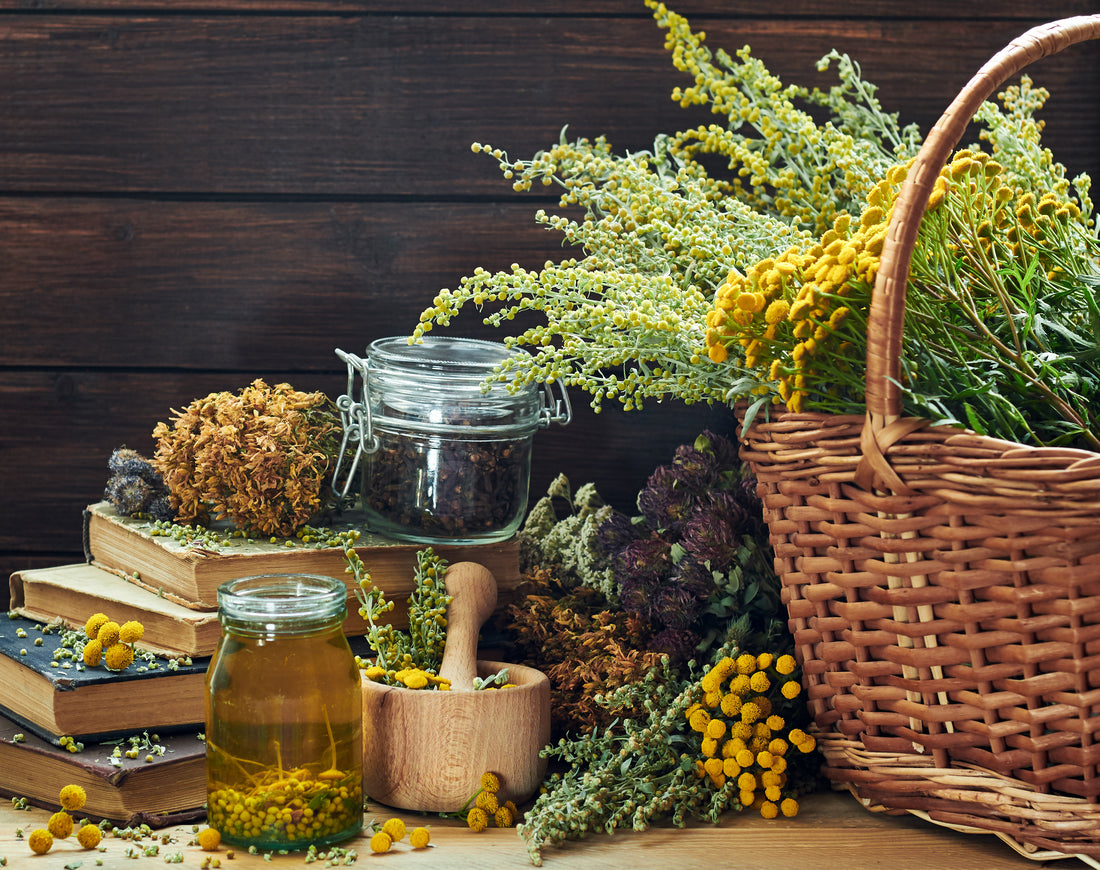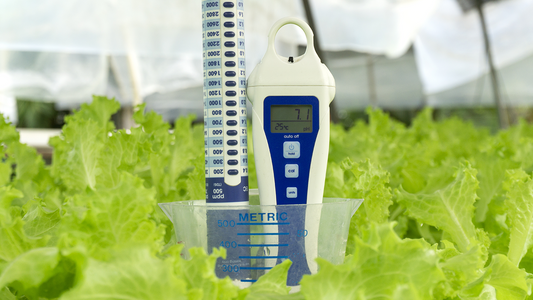Discover the potency of natural remedies with these 15 medicinal herbs you can easily grow in your hydroponic garden. From alleviating cold and flu symptoms to reducing inflammation, improving digestion, and more, these herbs offer a range of health benefits.
Easily integrate these herbs into your wellness routine by brewing them into teas, creating tinctures, or making salves. Not only will you enhance your health, but you'll also save money by growing these herbs hydroponically with Reiziger.
Chamomile (Matricaria chamomilla)
The calming chamomile plant can be used for stress relief, tension, indigestion, colic and to relieve skin inflammation and irritations.
Echinacea (Echinacea purpurea)
The perennial echinacea plant is said to be a powerful immune booster and is used to combat symptoms of colds, flu, and infections.
Thyme (Thymus vulgaris)
The active phenol in thyme is thymol, known to be a potent antiseptic. It is useful for coughs, sore throat, tooth decay, congestion and indigestion.
Wild Pansy (Viola tricolor)
Another anti-inflammatory herb, the wild tansy can be used to ease eczema and skin blemishes and help loosen phlegm. It was also believed to help the heart, which is why it is sometimes called heartsease.
Lavender
Simply the smell of lavender has been shown to help people relax. It can be used as an antiseptic and is useful for skin inflammation, insomnia and anxiety.
St John’s wort (Hypericum perforatum)
In the Middle Ages, St John’s Wort was considered a magical plant. These days, it’s used to help with depression, anxiety, disorders and skin irritation like psoriasis.
Alfalfa (Medicago sativa)
Alfalfa is rich in minerals and healthy compounds, and contains a high amount of protein. It has been used to treat morning sickness, nausea, kidney issues and urinary tract discomfort. It also acts as a diuretic and a light stimulant.
Basil (Ocimum basilicum)
This staple spaghetti topper actually has a range of medicinal uses and can help with a lack of appetite, excess gas and cuts.
Feverfew (Tanacetum parthenium)
The leaves of the feverfew can be used in teas and chewed to relieve headaches. As a natural anti-inflammatory, it is said to help with arthritis and a variety of skin conditions.
Lemon Balm (Melissa officinalis)
Closely related to mint, lemon balm can help relieve insect bites, wounds, upset stomach, insomnia, and even aids the healing of cold sores.
Marigold (Tagetes)
Marigold has a wide range of uses, including treating acne, sunburn, ulcers, digestive problems, insect bites and more.
Parsley (Petroselinum crispum)
Useful for so much more than plate decoration, parsley can treat bad breath, gas, inflammation, and even has anti-cancer properties.
Peppermint (Mentha × Piperita)
Peppermint should be a go-to for any stomach issues. It has also been shown to help with alertness and headaches.
Rosemary (Rosmarinus officinalis)
Rosemary is one of the best herbs to improve concentration, memory and mood. It is also great for wound healing, hair growth, and bad breath.
Sage (Salvia officinalis)
The name Sage is derived from a word that means “to heal” or “to save”, reflecting its historical use as a medicinal herb. It is useful for a variety of ailments, including mouth and throat inflammations, bloating, heartburn and depression.
Embrace the healing power of these hydroponically grown herbs, enhancing both your physical and mental wellbeing naturally.





